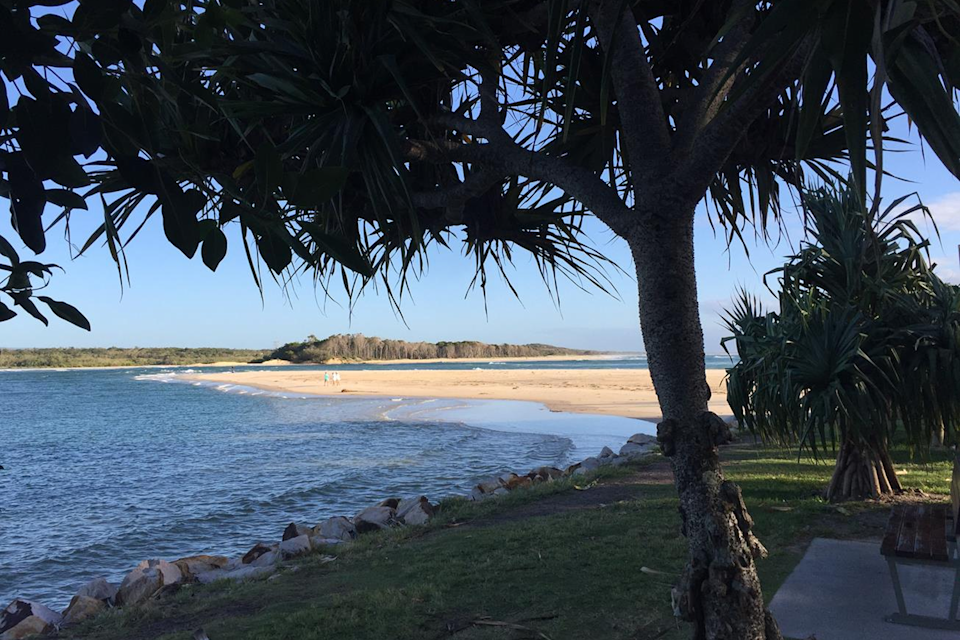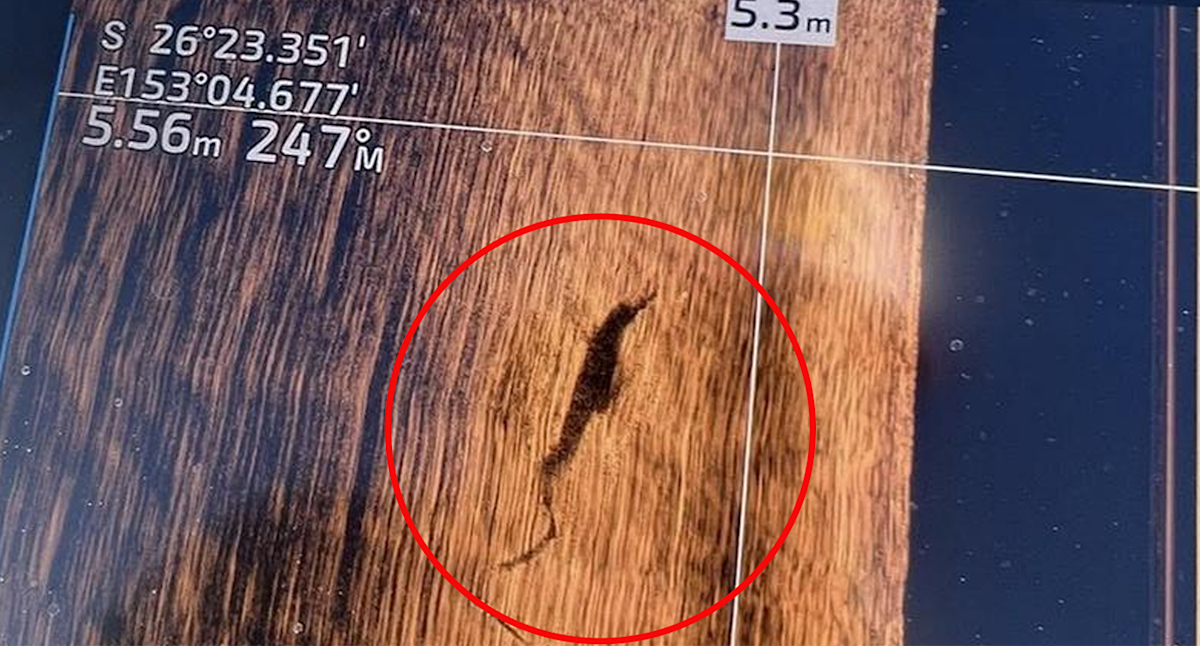An alarm has been raised after a crocodile was spotted at a popular tourist destination on the country’s east coast — roughly 300 kilometres south of the species’ usual range.
On Sunday, Ross Buckley shared on social media how he was out for his usual early morning stroll with his dog at the Noosa Spit, on the Sunshine Coast, when he “spotted an approximately 3.5 metre-long crocodile” a few metres off the shoreline, “just past the bend where the mangroves start”.
At first, the man said he thought it “a bit of driftwood”, but “then it moved”. “I’ve lived here over 30 years, and never seen anything like it,” Ross said. “I’ve heard a few locals say they have seen one in the same neck of the woods, although I didn’t think much of it and just thought they were tugging my tousle, until today, it turns out, I owe them an apology.”
The Queensland Department of the Environment, Tourism, Science and Innovation said the report was being looked into. “We are aware of social media reports regarding a reported crocodile sighting today at the Noosa Spit and are investigating the matter further,” they told Yahoo News Australia.
“The Boyne River near Gladstone, some 300km to the north, is commonly considered the southern boundary of typical crocodile habitat.”
Some time after the first encounter, local fishermen James Graham and Kai Tapley said they also came across a crocodile nearby, likely the same individual.

Two croc sightings took place near the Noosa Spit on Sunday. Source: Queensland government
Local fishermen stunned as croc emerges beneath them at Noosa
James said the only other time he’d spotted one in the wild, it was several hundred kilometres north.
“I would like to say I’ve never seen anything like it before, but I have, except it was a couple of hundred kilometres north where crocodiles belong,” he said on ABC News Breakfast on Monday.
“Kai and I went out for our usual weekend fish, and the fish finder out of nowhere brings up this shape and [he] said … come and have a look.” Kai recounted how when he “saw it coming through”, he had to do a double-take. “[It] really looked like a croc,” he said.
James joked that he initially thought the first sighting was likely a tourist who had mistaken the animal for “a stick floating down the river”, until he came across much more compelling evidence. He recalled thinking, “as if there’d be a crocodile in the middle of winter, it’s just not plausible.”
But footage from the pair’s fish finder near Noosa Spit reveals a remarkable underwater scan, capturing a shape beneath the surface that strongly resembles a crocodile.
After the initial sighting, Ross said he quickly put the dog on the lead and kept his distance. Emergency services were notified and were reportedly searching for the animal. The man said he wanted to warn other early-morning dog walkers and swimmers to be cautious, with the sight rattling him enough to not return to the area for his usual morning walk.

Fishermen James Graham and Kai Tapley made the incredible discovery while enjoying a day out on the water. Source: ABC
How rare is it to spot a crocodile in Noosa?
A crocodile sighting in Noosa is highly unusual and has caught many other locals by surprise, given that the region sits well south of the species’ typical range.
Saltwater crocodiles are generally found in the tropical waters of northern Queensland, with their southernmost established populations around Rockhampton. Sightings as far south as the Sunshine Coast are rare and often spark concern, as they suggest either an unusually far-ranging individual or changes in environmental conditions.
Experts say that crocodiles can travel significant distances via coastal waterways, particularly after heavy rains or flooding events, which may expand their habitat range temporarily. However, a 3.5-metre croc just off the Noosa Spit — a popular swimming and dog-walking area — is considered well outside expected territory and could prompt a response from wildlife authorities to assess public safety and investigate how the animal arrived there.
If confirmed, the sighting would likely reignite debate around climate change and its influence on species migration patterns. Warmer waters and shifting food availability could be contributing factors in encouraging some crocodiles to explore further south than usual.
Love Australia’s weird and wonderful environment? 🐊🦘😳 Get our new newsletter showcasing the week’s best stories.

